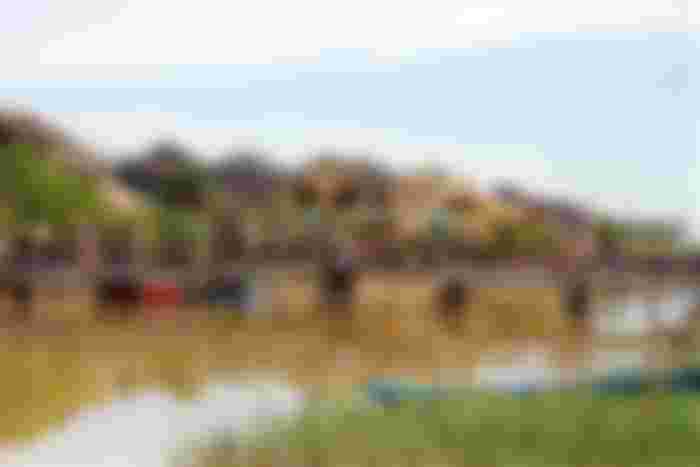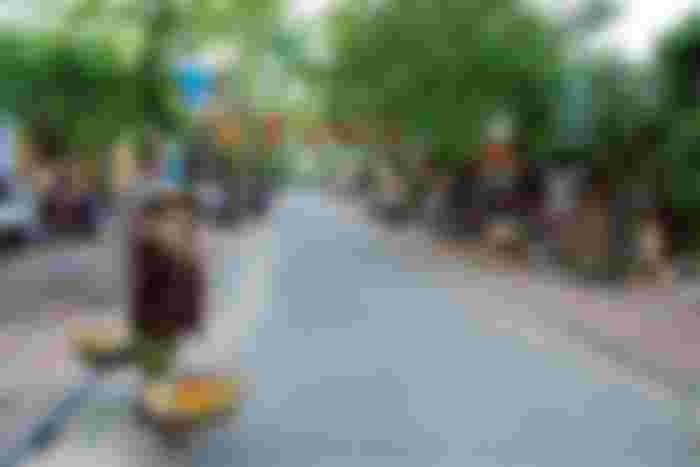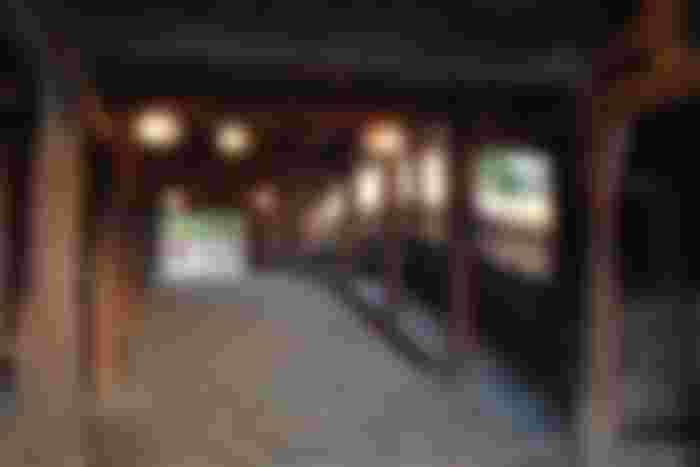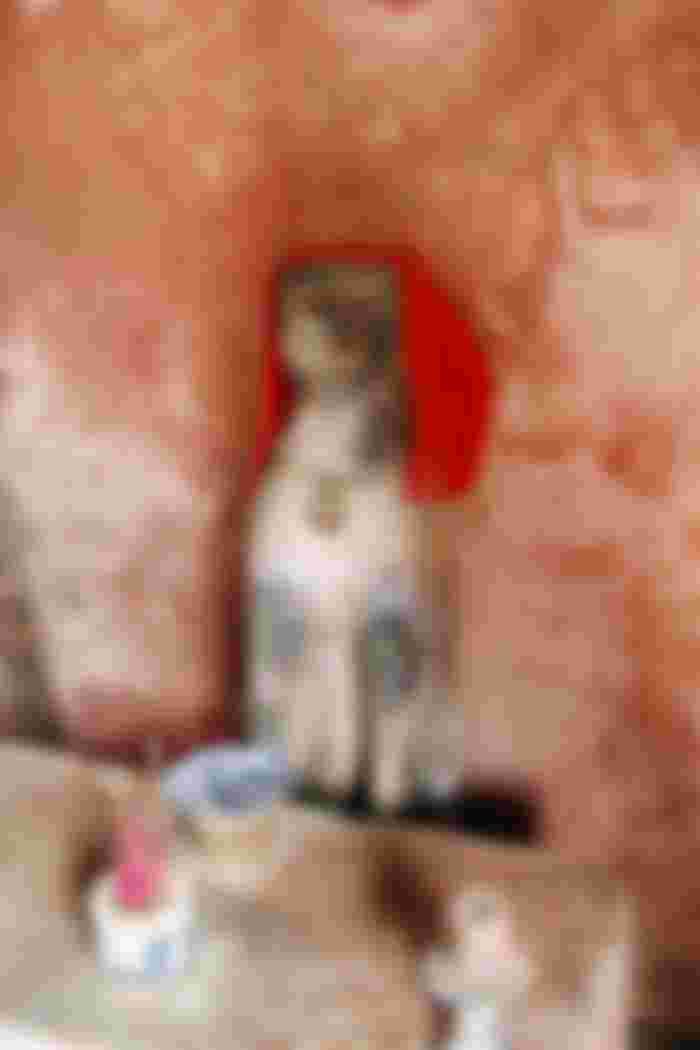
Some years ago my travels took me to Vietnam, traveling by busses and trains from Hanoi to the Mekong Delta. Hoi An - a UNESCO World Heritage Site (since 1999) was one of the places that made the deepest impression. The town is like an open air museum. Full of architectural gems from a time long gone. Because of the riverside location the town is particularly vulnerable to flooding. The waterlevel can easily rise more than a meter. We happened to be there during flooding. Since our hotel was on an island in the river we were cut off from the rest of the city. A bit of a frightening experience.



The historical old town is well preserved. Among the impressive architecture are the merchant houses, warehouses, the Chinese temples, assembly halls etc. Many of the houses have kept the original exterior, but converted into shops and restaurants. Hoi An was a major Southeast Asian trading post in the 16th and 17th century. Many Chinese came by boat to settle and trade.




The Japanese Bridge is definitly the most impressive bridge in town. It was build in 1593, but is still in use. There is a little temple half way. According to the story, it is said that the building process was started in the year of the monkey and was finished in the year of the dog. That's why there is a monkey at one end and a dog at the other.




This was one of the Assembly Halls we chose to visit. It was built by Fujian Chinese in the late 17th century and serves as a meeting place and as a temple dedicated to the worship of the Goddess of the Sea. Within the building there is a model of a boat to symbolise the journey of the Chinese to Hoi an. The temples, museums and assembly halls provide a good insight in what life must have been like in this busy trading center.
Please do follow if you want to keep up with my next travel story.












Nice place dear